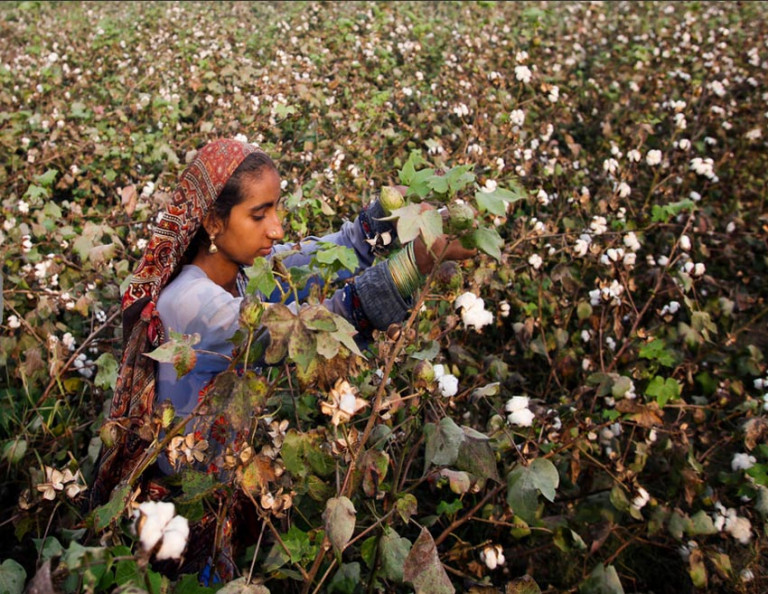Pakistan’s 2022/23 consumption is forecast down 400,000 bales to 10.5 million this month pressured by a smaller crop. Domestic production is forecast down 700,000 bales to 5.5 million, the second lowest production level in nearly 40 years and attributed to recent floods and heatwaves. Smaller-sized mills are particularly reliant on domestic supplies and unable to fully substitute with imports.
Imports are now projected at their second highest level to 5.0 million bales, up from last month’s projection of 4.8 million. With a significant production decline in the United States, its largest supplier, the All Pakistan Textile Mills Association is reported to have asked government officials to consider lifting the country’s restriction on imports of Indian cotton. The country restricted India cotton in 2019 due to border disputes and this urgent request underscores Pakistan’s dire need for cotton.
Falling consumption is also attributed to nationwide energy shortages and higher electricity prices as heatwaves are straining local power grids. Higher costs lower mills’ profit margins, particularly for denim manufacturers. Pakistan’s processed denim products account for a significant portion of exports, especially to the world’s two largest cotton apparel importers, the United States and Europe.
Pakistan’s textile industry is the largest manufacturing sector according to the country’s Ministry of Commerce, with cotton yarn, fabrics, and other value-added cotton textile products accounting for a significant portion of the country’s Gross Domestic Product. Cotton and textile products contribute roughly 60 percent of the country’s exports per annum according to a recent report from the Textile Commissioner’s Organization.
Lower domestic supplies and issues with electricity availability are expected to pressure consumption and potentially curb future textile exports.


